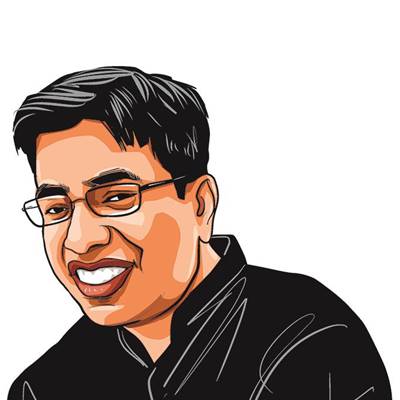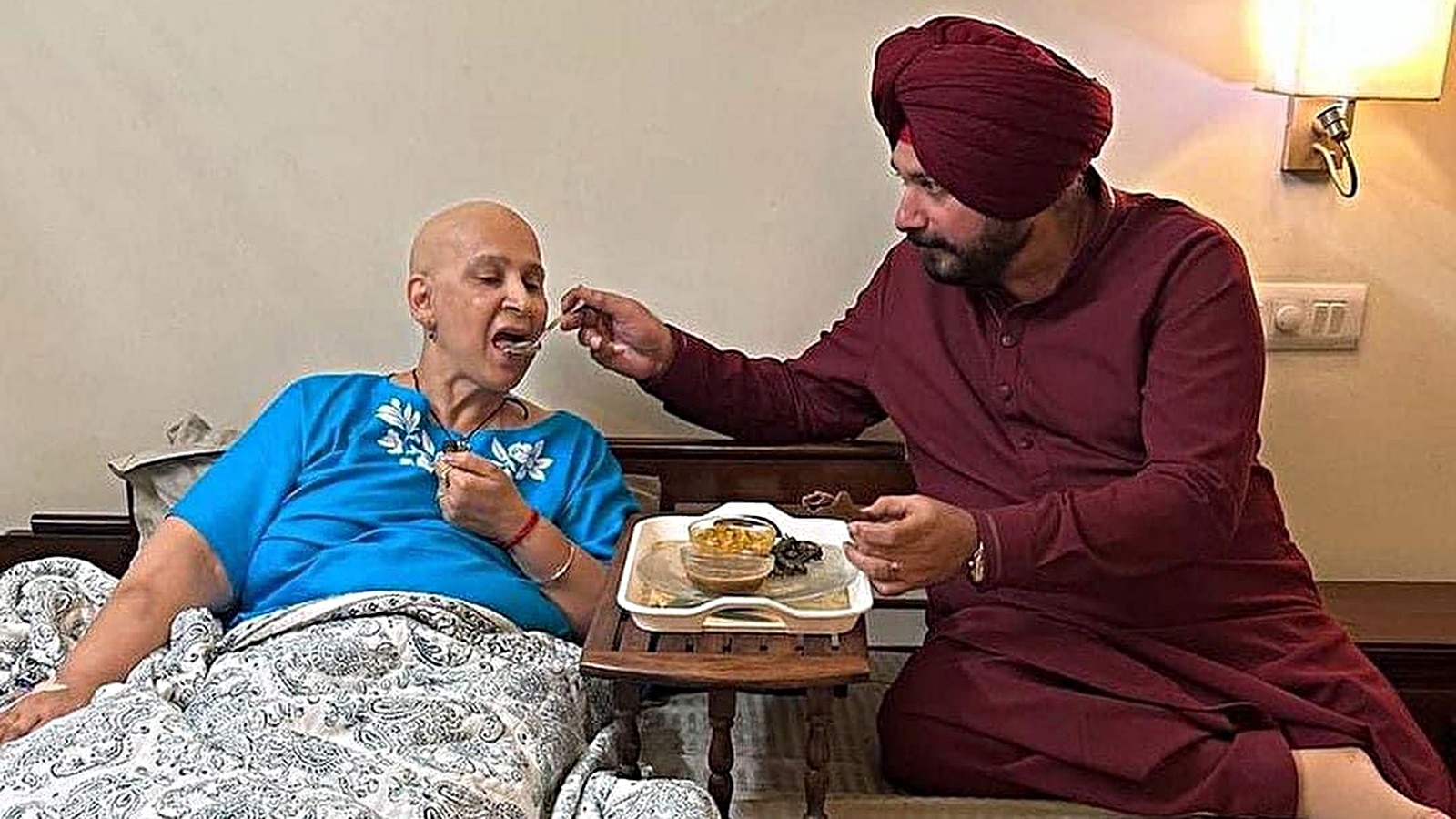

Nov 28, 2024 12:41 IST First published on: Nov 28, 2024 at 12:38 IST
The worst is over for Navjot Kaur Sidhu. So announced Navjot Singh Sidhu, her partner for more than 30 years, and the one who shared, perhaps most intimately, the pain and difficulties that cancer brings. Every suffering is an incursion of stoicism and privacy. A life-threatening disease demands baring bodies to surgeons, nurses, and hospital staff, standing naked before X-ray machines, exposing ourselves to scans and biopsies, wrecking even the strongest resolve to be the sole author of our story. Human beings, in any case, were never hard-wired to suffer alone. There is, therefore, unalloyed humanity in leaning on someone close in the face of the intrusions and indignities inflicted by invading cancer cells and the indiscriminate destruction wreaked by chemotherapy – persistent nausea, nerve damage, hair loss, depression. We can only guess that Navjot Kaur Sidhu, a doctor and politician herself, chose her husband to relate her lived experiences with the Big C. By all accounts, it was he who was with her through most of the trying times. Her story is his too – at least a large part of it.
Jhappis and salaams to Sidhu paaji. It’s wonderful that he reached out with the good news — the relief and joy of the Sidhus are ours too.
On social media, and over a press conference, the cricketer-turned-Congress leader shared details of Navjot Kaur’s recovery: A “disciplined” lifestyle, with a prominent role for yoga, and food habits during her recovery – lemon water, apple cider vinegar, neem leaves, beetroot juice, walnuts, tea with cinnamon, cloves, a pinch of jaggery. The cancer had metastasized, he said, almost implying that the dietary changes had upturned a sentence pronounced by doctors.
That was unfair, not just to the physicians and medical community who helped tide the Sidhus through the worst, but also to decades of painstaking research that has ensured in many cases, therapy outpaces the growth of cancer cells in the bodies of patients. A growing number of metastatic cases are being cured, a reversal of fortunes that seemed unthinkable even a decade earlier. Chemotherapy, drugs, and radiation drive cancer narratives — increasingly that of survivors like Navjot Kaur. Oncologists are trying their best to be minimally intrusive and using the human immune system, instead, to fight off malignancy.
Perhaps Sidhu deserves the benefit of the doubt. Even though he has a record of shooting his mouth off, the person in the videos online is, after all, the companion and caregiver of a patient who was battling a life-threatening disease a few weeks back. There is something much more elemental than relief or a show of triumphalism when people let the world know how they put difficult times behind them. Behind Sidhu’s social media posts and press conference, also lies the innately human urge to save others from suffering – and as a politician, he possibly feels even more compelled to be a do-gooder. The problem is that in a social-media universe, where lines between the prescriptions of the specialist and the citizen doctor are blurred and where readers are rarely encouraged to respect context, this impulse can do more harm than good. Especially in the Indian cancer ecosystem, which teems with myths and misconceptions. Desperate patients and their families often succumb to the allure of “alternative medicines”. Less than a week after Sidhu’s announcement, a Google search throws up “Key Points” of the “Diet Plan” he had revealed amidst the exhilaration and relief of his “Nona” being “cancer free”. Videos surface in which Sidhu declares that he scanned the internet to devise the method to “kill cancer” by stopping carbohydrates. Neem and haldi, well within the reach of the poor, are antidotes, he says. The fundamental medical caveat, that every cancer patient is different and requires individualised treatment plans, is not even a footnote in these stories.
Sidhu has since clarified that Navjot Kaur’s recovery was driven by a team of doctors, who he holds “in the highest esteem”. The diet chart was only a “facilitator”. And, even before his statement on the lifestyle changes Navjot Kaur made during recovery, he had said that his wife had received most of her treatment at government hospitals, including Government Rajendra Medical College in Patiala.
Should we then let the matter rest?
most read
Hugs again Sidhu paaji. We wish you and Navjot Kaur many more healthy years. But do amplify the message that a team of oncologists at a government hospital in a Tier 3 city was behind her cancer recovery. As a politician – and a cricket commentator – you know that ultimately what matters most is how you say something and with what force. Especially, when you are trying to build a narrative for good. That would be in the spirit of sharing in which you had put the videos.
Perhaps, one day, Navjot Kaur will tell her story. For the time being, can we, at least, expect a message that a sole recourse to “natural remedies” like neem and haldi can lead to missed chances for timely medical intervention in patients with the life-threatening disease?


